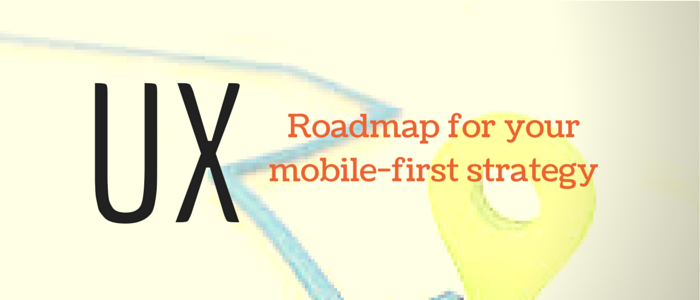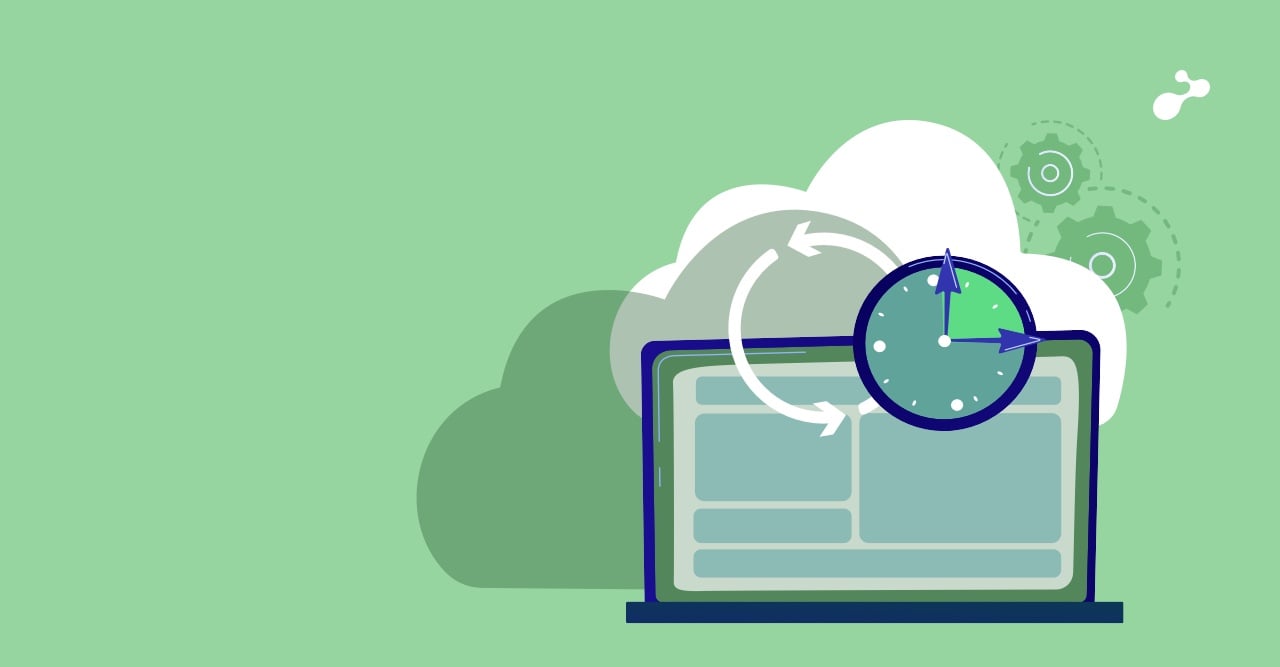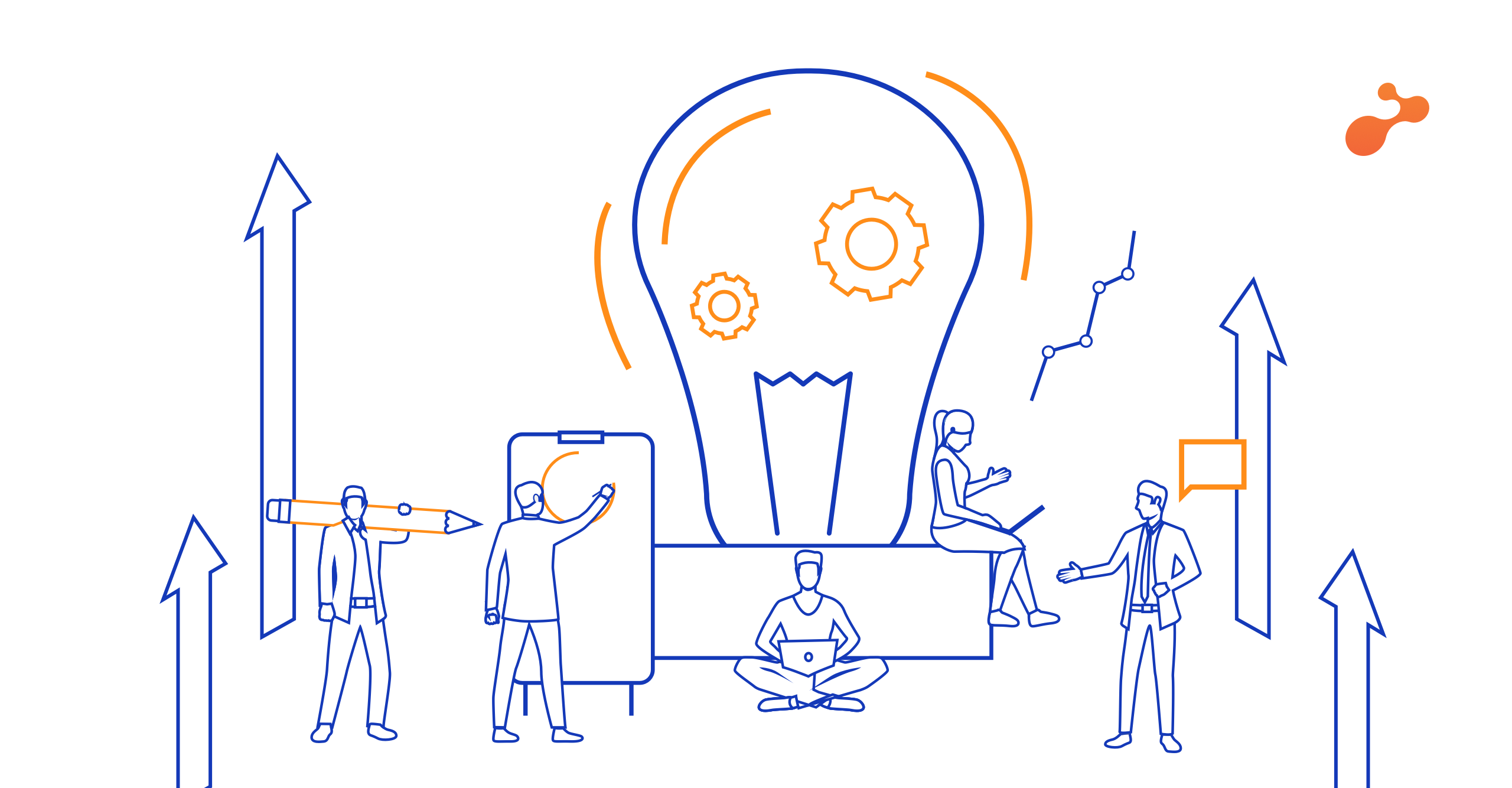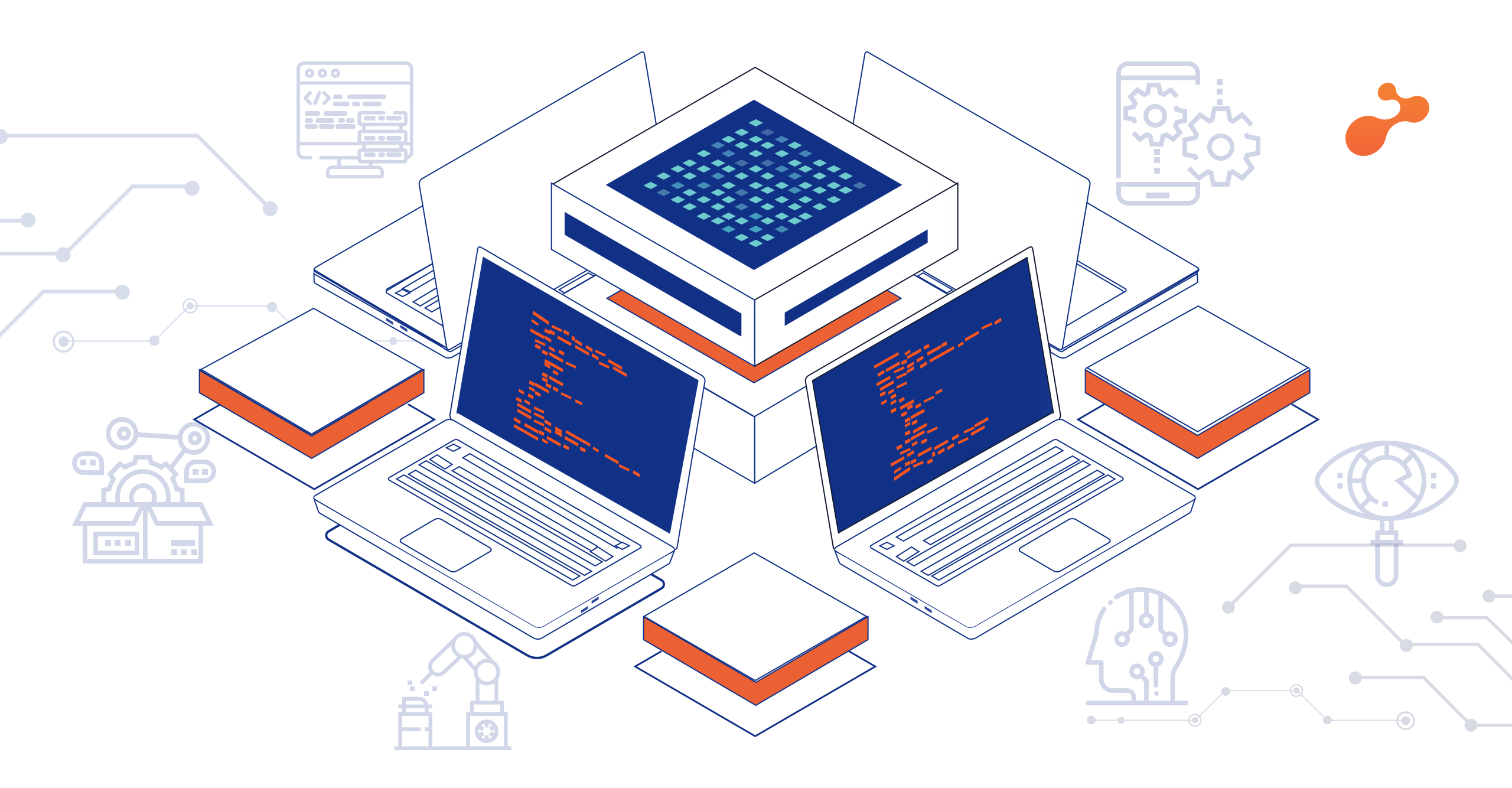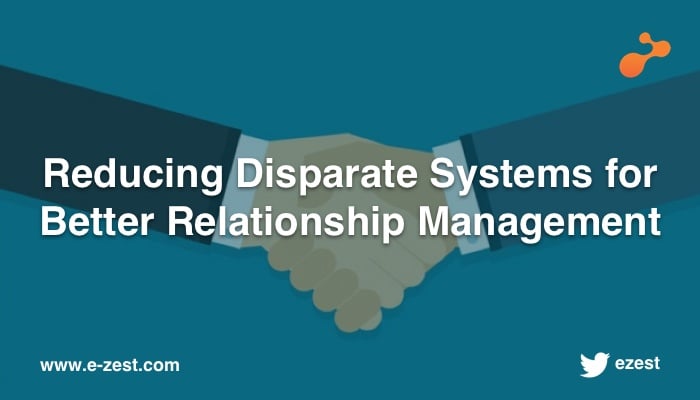“As life plays along with its enormity and bliss, we must observe and soak all we can”
- From the justmadeupquotes diary
Discovery of the unspoken needs of the customer is the first step we need to adopt if we take the Innovation as a Service approach. In a training session on the subject by an industry expert, I was posed with a seemingly simple question - “How much portion of the time spent in the innovation process goes for discovery, ideation and implementation respectively?”
With some varied opinions springing up from the different attendees, we were told the ideal amount of time and resources that should be dedicated towards the ‘Discovery’ phase alone. It was a staggering 70%. Now, after working on innovation focused, design-led projects for quite some time, this number seems more than justified. After all innovation, irrespective of the domain and size, is always aimed at solving a real problem and making the customer’s life easier.

The innovation unit as explained in the previous blog consists of the go-by-bookers, thinkers, doers and the link between you and your client. Now let’s take a closer look ‘The Discovery Phase’ and later, at the skills of these people with more magnification.
In the demanding world we conduct business in, deploying Innovation as a Service does come with some typical challenges. The most basic and probably omnipresent one, is the ‘Discover’ phase. Site visits, double blind experiments, hidden camera observations are not easy on the money and time side of things. Also, insights are sometimes unpredictable and take more number of such experiments than the constraints would allow.
This is where, skilled interviews can really win it big. It is an inexpensive process and safely deployable even with business constraints. The familiar mix of open and close ended questions draw information and verify them, to reveal insights in either a customer centric or a technology centric area. (What caused the problem? Are you sure this caused the problem? Why is there a deficiency? How sure are you of it?). There are also the repeating ‘Whys’ here that un-earth information with each ‘why’ revealing a deeper context. The insights revealed can both be opportunities that we see or problems and unvoiced needs.
In the Innovation as a Service context, examining problems is more likely to be the case. One of the most vital things to keep in check, is to prevent our ideating selves from taking over and talking ‘Solution Language’ to the pained customer or stakeholder. We all have that irrepressible instinct to solve it first! And that causes us to immediately promise something that won’t be useful, or worse, ignore going deeper into the interviewee’s problem. That just won’t work. The classic stories of excellent innovation discoveries, never feature the smooth-talking back-slapping sales guy eager to sell something at the earliest (no offense to the sales folks; yours truly has been in crucial sales roles in the past).
The person who observes with empathy draws the most critical conclusions that lead to insights. A question that warrants address here is: how do we know we have reached a valid insight? The very obvious answer is, verification (duh!): asking again to re-confirm our findings. However, experts say that a genuine insight is so powerful that something inherent tells us that we are on the right track. Now, now, we don’t want to get all unscientific and feel-based players here, of course. But that’s the thing about insights! They are just so intuitive that everyone, including those who are not involved in the problem find those insights interesting and convincing. Hence a combination of verification and intuition tell us that our insights are spot-on.
Now it’s time to look the people who give shape and carry out this process.
The folks in charge of discovery are some very seasoned analysts from different domains. The discovery team is unarguably the lynchpin of the innovation process. They are the ones responsible for arriving at the valuable and elusive nuggets of information that lead to insights. Those insights, in turn, fuel the ideation process and cause the ideators to function with sufficient ground-work in place.
Can the ideators and discoverers be the same? Yes and no. Physically, the answer is yes. It is not exactly cost-effective to start this service and have different and specialized teams right from the word go. So, the same people may end up doing research, idea generation and making prototypes. However, the frame of mind for both tasks are different. Reason? No solutions in the discover phase, as stated in the above section! A skilled business analyst, psychology, anthropology, sociology graduates, even an ex-secret agent (if you can find one) can fit the bill. The ideal discovery guy ideally observes people. He has big ideas and when asked how he got them, he will tell you exact incidents (not his own fancies) that led him to his ideas.
With the team and steps mentioned above, you will see that the Innovation as a Service approach will begin to take shape. Next, we will look at the ideation bit of it.


